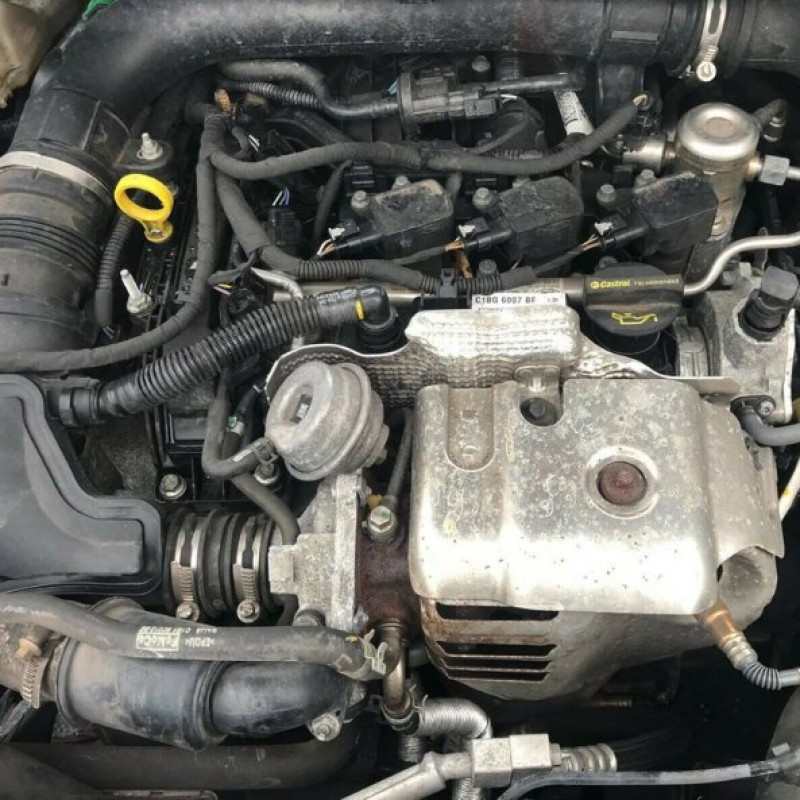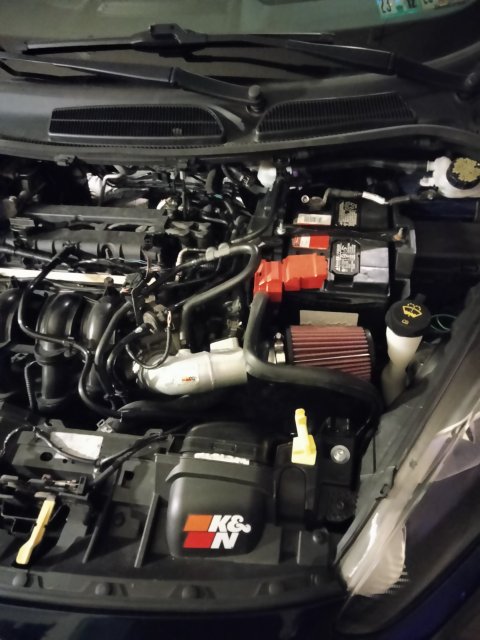Unlocking the Power of Engines: A Comprehensive Guide to Efficiency and Effectiveness
Comprehending the intricate mechanics of engines is crucial for both performance enthusiasts and daily motorists. By analyzing key metrics such as horse power and torque, one can value how adjusting methods enhance effectiveness while dealing with environmental issues. In addition, routine upkeep plays a crucial role in sustaining ideal performance over time. As the auto landscape shifts in the direction of electrification and advanced technologies, the inquiry arises: how can we properly adapt to these changes while maximizing engine abilities? The responses may redefine our approach to engine performance and effectiveness in ways that are both informing and vital.
Comprehending Engine Essentials
What constitutes the basic technicians of an engine? At its core, an engine is a device created to convert fuel into mechanical power through a series of controlled explosions or burning processes.
The crankshaft then changes this direct motion into rotational power, which eventually powers the car. The camshaft manages the opening and closing of the shutoffs, regulating the intake of air and fuel and the expulsion of exhaust gases. Additionally, the engine depends on a very carefully adjusted fuel-air blend, ignition system, and cooling down system to guarantee optimal efficiency and effectiveness.
Comprehending engine fundamentals additionally entails acknowledging the value of engine cycles, such as the four-stroke cycle, which consists of consumption, compression, power, and exhaust strokes. Each phase is critical in making certain the engine functions smoothly and properly. Proficiency of these fundamental mechanics prepares for discovering a lot more complex engine dynamics and performance metrics, necessary for optimizing both power output and performance.
Secret Performance Metrics
Trick performance metrics are vital for assessing an engine's performance and power result, supplying beneficial insights for both consumers and suppliers. These metrics function as criteria for engine efficiency, allowing for notified decisions in manufacturing, layout, and acquiring.
One of the primary metrics is horse power, which measures the engine's capability to perform job over time. Torque, measured in pound-feet, is one more crucial statistics that shows the engine's rotational force, directly impacting acceleration and hauling capability. Fuel effectiveness, typically measured in miles per gallon (MPG) or liters per 100 kilometers (L/100km), assesses exactly how properly the engine converts fuel right into movement, affecting operational prices and environmental considerations.
Additionally, thermal efficiency steps exactly how well an engine transforms fuel energy right into beneficial job, disclosing insights into energy losses primarily through warmth. Emission degrees, consisting of CO2 and NOx, are also vital, showing the engine's environmental influence and compliance with regulative standards.

Tuning Techniques for Efficiency
Tuning strategies play a substantial function in boosting engine performance by enhancing efficiency metrics recognized in earlier conversations (ford fiesta engine). Numerous techniques exist to fine-tune an engine, each adding to improved fuel economic climate and decreased discharges
One efficient technique is changing the air-fuel ratio, ensuring the engine operates within the optimal combustion program. A leaner combination can improve gas effectiveness, but it must be stabilized to avoid misfires or engine knock. Additionally, reprogramming the engine monitoring system can recalibrate criteria such as ignition timing, which further improves efficiency while maintaining power output.
One more vital approach includes changing the consumption and exhaust systems. Updating to high-performance air filters and exhaust headers can minimize back pressure, helping with better airflow. This enables the engine to breathe even more openly, resulting in improved burning efficiency.
Furthermore, the execution of sophisticated adjusting devices, like dyno screening, offers precise information that allows targeted modifications. Frequently monitoring these efficiency metrics ensures that adjusting initiatives yield the preferred effectiveness outcomes. Jointly, these techniques not only strengthen engine performance yet likewise add to long-term sustainability in engine procedures.
Maintenance for Optimal Performance
Normal engine maintenance is necessary for attaining optimal efficiency and durability. A properly maintained engine not just operates efficiently however likewise decreases the threat of pricey repair services and failures. Secret elements calling for normal focus include oil, filters, belts, and ignition system.
Altering the engine oil at recommended periods is important, as oil lubricates moving parts and prevents overheating. In a similar way, replacing oil and air filters guarantees that contaminants do not impair engine feature. Disregarding these components can result in lowered effectiveness and prospective engine damages.
Additionally, examining and changing used belts and pipes is important to avoid unexpected failings. Timing belts, specifically, ought to be replaced according to the manufacturer's schedule to stay clear of devastating engine damage.
Flicker plugs must likewise be examined and changed as required, given that they play an essential additional reading duty in ignition and gas efficiency.
Future Patterns in Engine Innovation
Accepting developments in modern technology, the future of engine design is poised to reinvent performance and efficiency across different applications. Hybrid and fully electrical powertrains are becoming increasingly mainstream, using reduced emissions and improved gas effectiveness.
Additionally, technologies in products scientific research are causing lighter, more powerful elements that enhance engine performance while decreasing power intake. Advanced manufacturing strategies, such as 3D printing, allow for the development of intricate geometries that boost air movement and thermal administration, therefore enhancing combustion processes.
In addition, the combination of fabricated knowledge and device knowing is established to transform engine diagnostics and performance tuning. These modern technologies can examine huge quantities of data in genuine time, making it possible for predictive upkeep and tailored performance enhancements.
Final Thought
In conclusion, unlocking the power of engines requires a detailed understanding of their mechanics and performance metrics. Carrying out reliable tuning techniques and adhering to routine upkeep methods significantly boost engine capacities.
In addition, the engine relies on a carefully adjusted fuel-air blend, ignition system, and cooling system to make sure ideal efficiency and performance.
Understanding engine essentials additionally entails identifying Check This Out the relevance of engine cycles, such as the four-stroke cycle, which includes intake, compression, power, and exhaust strokes. Proficiency of these fundamental technicians lays the foundation for exploring more intricate engine dynamics and performance metrics, essential for enhancing both power outcome and efficiency.

Accepting improvements in innovation, the future of engine style is positioned to change efficiency and effectiveness across different applications.